In an interview with GQ, 54-year-old David Sinclair says his lifestyle changes got him back to his “20-year-old brain.”


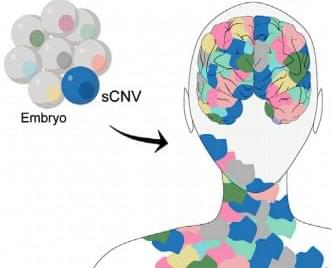
In a groundbreaking study published in Cell Genomics, a team of scientists led by Chris Walsh from the Howard Hughes Medical Institute and Boston Children’s Hospital has unveiled intriguing findings about the genetic factors contributing to schizophrenia and introduces a novel avenue for investigating the causes of psychiatric disorders.
Join us on Patreon! https://www.patreon.com/MichaelLustgartenPhD
Discount Links:
At-Home Metabolomics: https://www.iollo.com?ref=michael-lustgarten.
Use Code: CONQUERAGING At Checkout.
Epigenetic Testing: https://trudiagnostic.com/?irclickid=U-s3Ii2r7xyIU-LSYLyQdQ6…M0&irgwc=1
Use Code: CONQUERAGING
NAD+ Quantification: https://www.jinfiniti.com/intracellular-nad-test/
Use Code: ConquerAging At Checkout.
At-Home Blood Testing (SiPhox Health): https://getquantify.io/mlustgarten.
Oral Microbiome: https://www.bristlehealth.com/?ref=michaellustgarten.
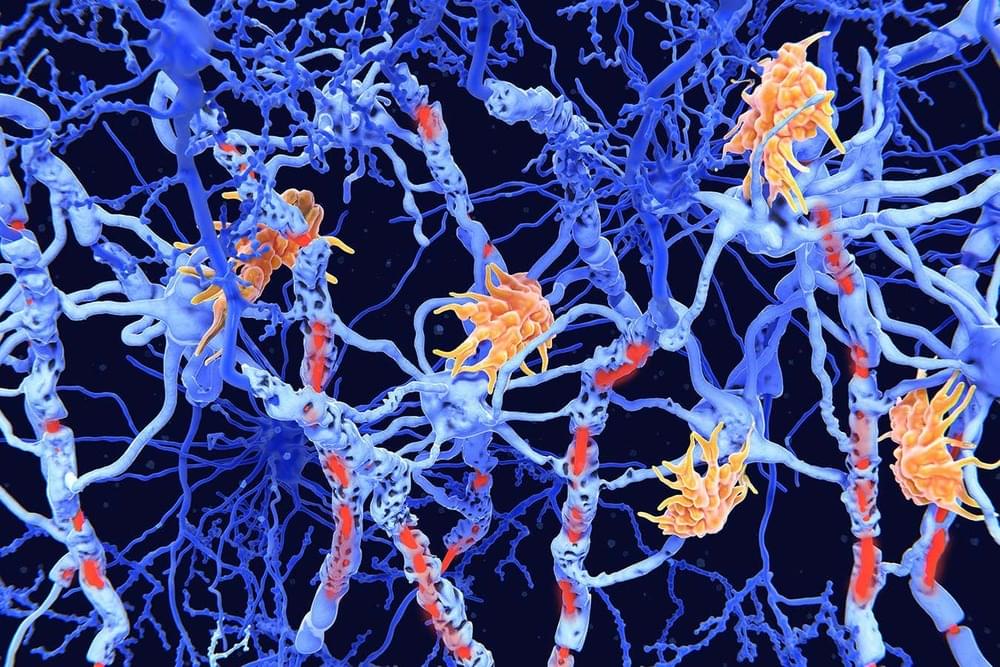
Analysis of data from more than 22,000 people with multiple sclerosis helped researchers identify a genetic variant that is associated with the severity of the disease.
By Grace Wade
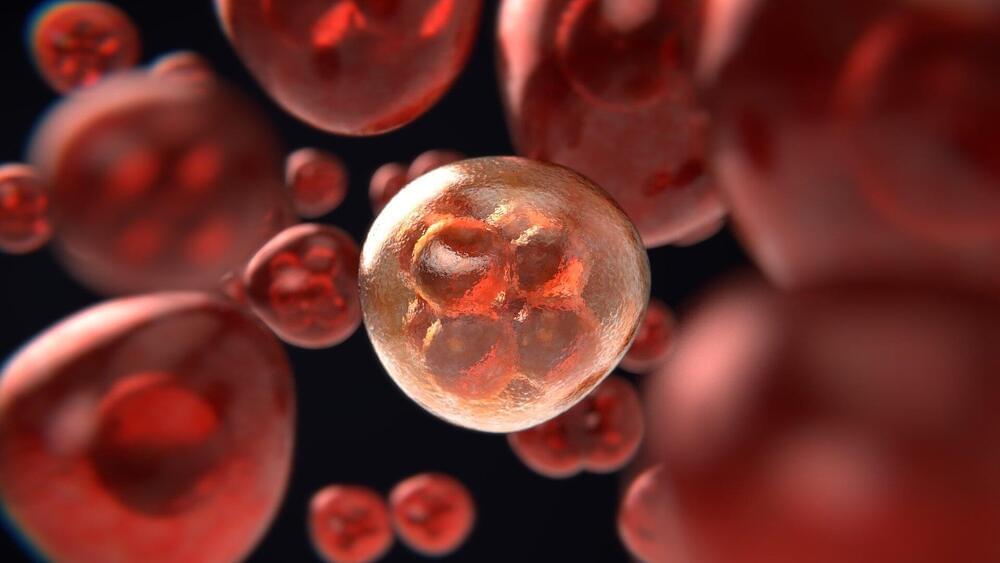
Cancer spreads throughout the human body in cunning, almost militaristic, ways. For example, it can manipulate our genetic make-up, take over specific cell-to-cell signaling processes, and mutate key enzymes to promote tumor growth, resist therapies, and hasten its spread from the original site to the bloodstream or other organs.
Enzyme mutations have been of great interest to scientists who study cancer. Scientists in the Liu and Tan labs at UNC’s Lineberger Comprehensive Cancer Center have been studying mutations of enzyme recognition motifs in substrates, which may more faithfully reflect enzyme function with the potential to find new targets or directions for cancer treatment.
“We think understanding the roles of mutations on enzyme substrates, instead of the enzyme as a whole, may help to improve efficacy of targeted therapies, especially for enzymes that have both oncogenic and tumor suppressive function through controlling distinct subsets of substrates,” said Jianfeng Chen, Ph.D., who is first author and a postdoctoral fellow in the Liu lab in the UNC Department of Biochemistry and Biophysics.

Humans split away from our closest animal relatives, chimpanzees, and formed our own branch on the evolutionary tree about seven million years ago. In the time since—brief, from an evolutionary perspective—our ancestors evolved the traits that make us human, including a much bigger brain than chimpanzees and bodies that are better suited to walking on two feet. These physical differences are underpinned by subtle changes at the level of our DNA. However, it can be hard to tell which of the many small genetic differences between us and chimps have been significant to our evolution.
New research from Whitehead Institute Member Jonathan Weissman; University of California, San Francisco Assistant Professor Alex Pollen; Weissman lab postdoc Richard She; Pollen lab graduate student Tyler Fair; and colleagues uses cutting edge tools developed in the Weissman lab to narrow in on the key differences in how humans and chimps rely on certain genes. Their findings, published in the journal Cell on June 20, may provide unique clues into how humans and chimps have evolved, including how humans became able to grow comparatively large brains.
Knowing that you’ve inherited genetic mutations that increase the risk of cancer can help you catch the disease earlier, and if diagnosed, choose the most effective treatments. But despite guidelines that recommend genetic testing for the majority of cancer patients, far too few are tested, according to new research by Stanford Medicine scientists and collaborators.
Among more than a million patients with cancer, only 6.8% underwent germline genetic testing — an analysis of inherited genes — within two years of diagnosis, according to the study published June 5 in the Journal of the American Medical Association. The rates were particularly low among Asian, Black and Hispanic patients.
“When we’re talking about cancer risk, germline genetic testing looks specifically at the genes that, if altered in a way that is harmful, give people a much higher risk of cancer than the average person,” said Allison Kurian, MD, professor of epidemiology and population health, who is the lead author of the study.
Join us on Patreon! https://www.patreon.com/MichaelLustgartenPhD
Discount Links:
At-Home Metabolomics: https://www.iollo.com?ref=michael-lustgarten.
Use Code: CONQUERAGING At Checkout.
Epigenetic Testing: https://trudiagnostic.com/?irclickid=U-s3Ii2r7xyIU-LSYLyQdQ6…M0&irgwc=1
Use Code: CONQUERAGING
NAD+ Quantification: https://www.jinfiniti.com/intracellular-nad-test/
Use Code: ConquerAging At Checkout.
At-Home Blood Testing (SiPhox Health): https://getquantify.io/mlustgarten.
Oral Microbiome: https://www.bristlehealth.com/?ref=michaellustgarten.
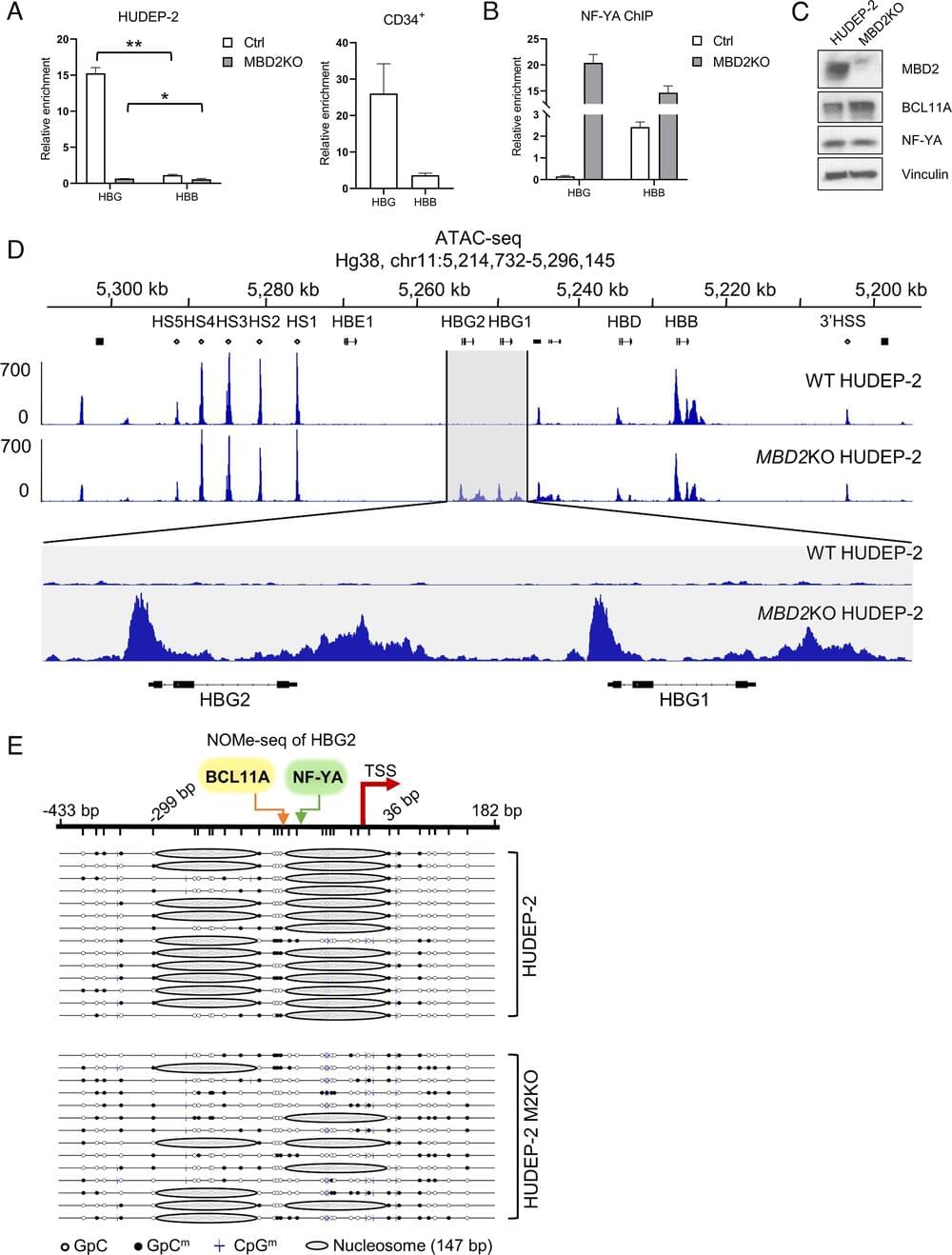
Reversal of fetal hemoglobin (HbF) silencing can ameliorate the effects of sickle cell anemia. Despite available gene therapy and stem cell transplantation modalities, the majority of affected patients worldwide will not have access to these in the near future. Thus, there is a need for safe and effective small-molecule therapeutics. We report here that stable occupancy of a major HbF silencing complex containing BCL11A, MBD2a–NURD, and PRMT5 and exclusion of the transcriptional activator NF-Y at the γ-globin gene promoter require specific features of MBD2a. These results provide a unified model for the relationships between the previously reported HbF silencers MBD2–NuRD, BCL11A, DNA methylation, and PRMT5 that may facilitate development of therapeutic agents to reverse HbF silencing.
During human development, there is a switch in the erythroid compartment at birth that results in silencing of expression of fetal hemoglobin (HbF). Reversal of this silencing has been shown to be effective in overcoming the pathophysiologic defect in sickle cell anemia. Among the many transcription factors and epigenetic effectors that are known to mediate HbF silencing, two of the most potent are BCL11A and MBD2–NuRD. In this report, we present direct evidence that MBD2–NuRD occupies the γ-globin gene promoter in adult erythroid cells and positions a nucleosome there that results in a closed chromatin conformation that prevents binding of the transcriptional activator, NF-Y. We show that the specific isoform, MBD2a, is required for the formation and stable occupancy of this repressor complex that includes BCL11A, MBD2a–NuRD, and the arginine methyltransferase, PRMT5. The methyl cytosine binding preference and the arginine-rich (GR) domain of MBD2a are required for high affinity binding to methylated γ-globin gene proximal promoter DNA sequences. Mutation of the methyl cytosine–binding domain (MBD) of MBD2 results in a variable but consistent loss of γ-globin gene silencing, in support of the importance of promoter methylation. The GR domain of MBD2a is also required for recruitment of PRMT5, which in turn results in placement of the repressive chromatin mark H3K8me2s at the promoter. These findings support a unified model that integrates the respective roles of BCL11A, MBD2a–NuRD, PRMT5, and DNA methylation in HbF silencing.
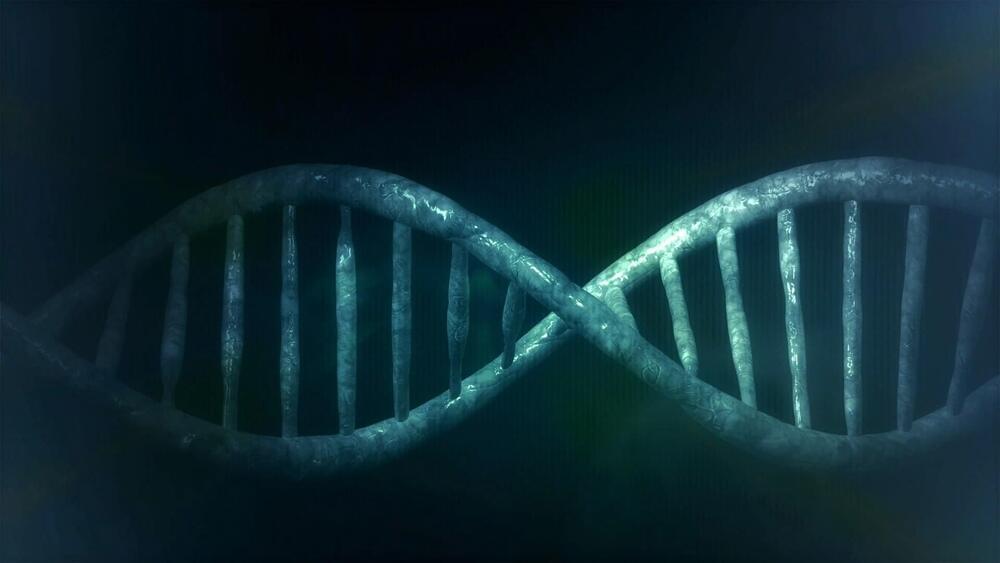
A study led by researchers at Sanford Burnham Prebys has found that in young women, certain genetic mutations are associated with treatment-resistant breast cancer. These mutations are not linked to treatment-resistant breast cancer in older women. The findings, published in the journal Science Advances, could help improve precision medicine and suggest a brand-new way of classifying breast cancer.
“It’s well established that as you get older, you’re more likely to develop cancer. But we’re finding that this may not be true for all cancers depending on a person’s genetic makeup,” says senior author Svasti Haricharan, Ph.D., an assistant professor at Sanford Burnham Prebys. “There may be completely different mechanisms driving cancer in younger and older people, which requires adjusting our view of aging and cancer.”
The research primarily focused on ER+/HER2-breast cancer, which is one of the most common forms of the disease. It is usually treated with hormonal therapies, but for some patients, these treatments don’t work. About 20% of tumors resist treatment from the very beginning, and up to 40% develop resistance over time.